Will Robots Take Over? The Impact of Automation on the Future of Work
The Future of Work is Here: Navigating the Future of Work Automation Impacts
The world of work is undergoing a seismic shift. Driven by rapid advancements in artificial intelligence (AI) and robotic process automation (RPA), the future of work automation impacts are no longer a distant prediction; they’re unfolding right now. From retail and manufacturing to finance and healthcare, businesses are increasingly leveraging automation to improve efficiency, reduce costs, and enhance productivity. But this technological revolution presents both immense opportunities and significant challenges, particularly when it comes to the skills gap and workforce adaptation. This post delves into the transformative changes reshaping employment, explores key trends in AI and automation, and offers insights into how individuals and organizations can prepare for the evolving landscape.
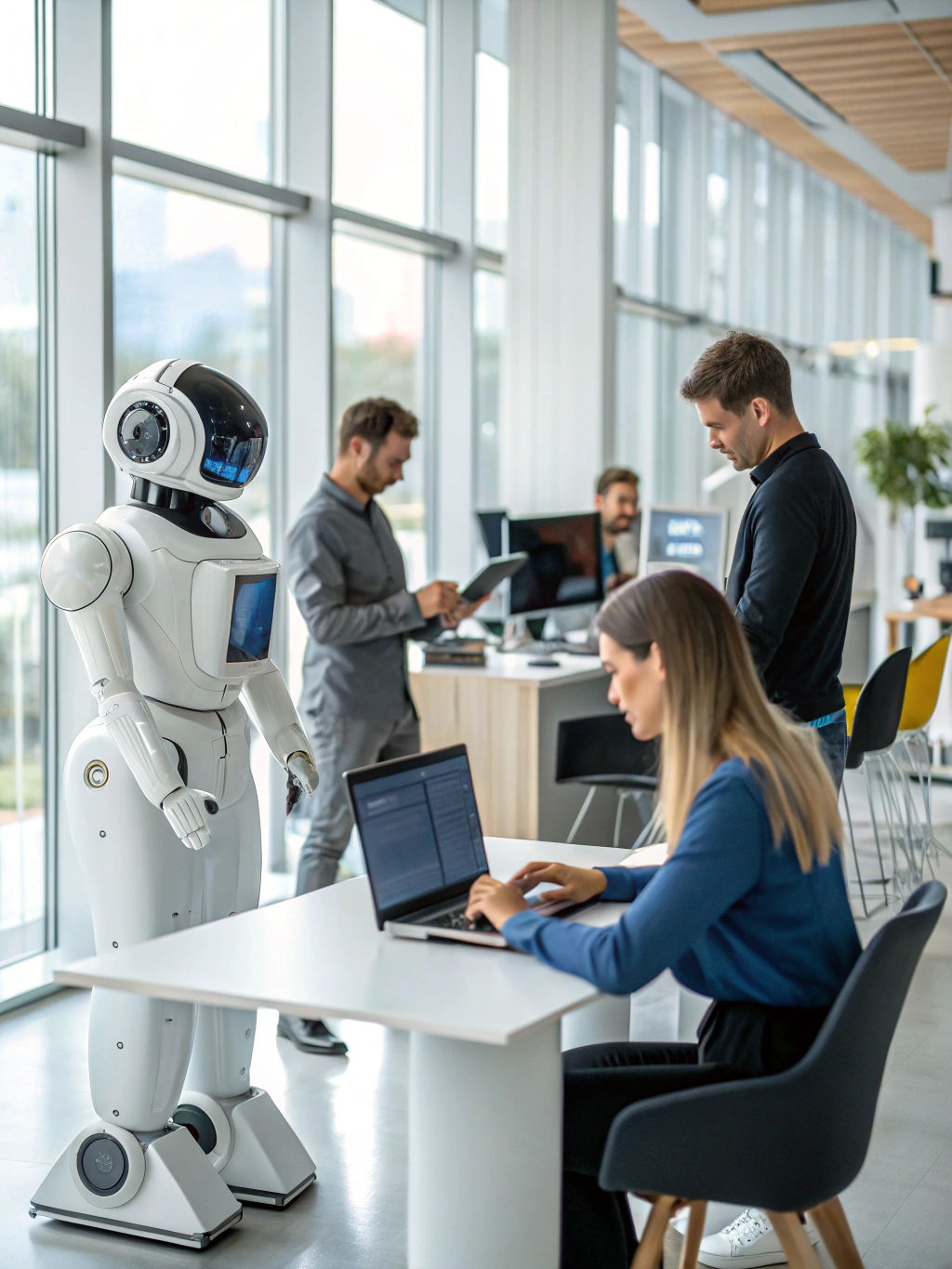
AI Agents, Automation, and the Evolving Job Landscape
AI agents are rapidly emerging as powerful tools for automating complex tasks. These sophisticated systems, often powered by Large Language Models (LLMs), can perform tasks previously requiring human intelligence – from generating marketing copy and coding software to providing customer service and analyzing market trends. This isn’t just about automating repetitive tasks; it’s about augmenting human capabilities.
Consider the impact on specific sectors:
- Customer Service: AI-powered chatbots are handling a growing percentage of customer inquiries, freeing up human agents for more complex issues. Companies like Salesforce are heavily investing in AI-driven solutions for customer engagement.
- Finance: Algorithmic trading, fraud detection, and risk assessment are increasingly automated, leading to faster decision-making and improved accuracy. BlackRock and other major financial institutions are leveraging AI to gain a competitive edge.
- Healthcare: AI is revolutionizing diagnostics, drug discovery, and patient care. Automating administrative tasks also allows healthcare professionals to focus on patient well-being.
- Manufacturing: Robotics and automated systems are improving efficiency and reducing workplace hazards.
The rise of AI agents and automation inevitably raises concerns about job displacement. While some roles will be automated, many new roles will also emerge. The key isn’t to fear automation, but to proactively prepare for the changing skills required in the future workforce.
Bridging the Skills Gap: Reskilling and Upskilling for the Future
The shift towards automation is exacerbating the skills gap, the mismatch between the skills employers need and the skills workers possess. This gap poses a significant threat to economic growth and social mobility. Closing this gap requires a concerted effort from individuals, educational institutions, and businesses.
Here are some critical skills for the future:
- AI & Machine Learning: Understanding how AI works and how to apply it is becoming increasingly valuable. Consider platforms like Coursera and edX for relevant courses.
- Data Analysis: The ability to interpret and extract insights from data is crucial in a data-driven world. DataCamp offers great interactive learning.
- Critical Thinking and Problem-solving: Automation can handle routine tasks, but humans are needed for complex problem-solving and strategic decision-making.
- Creativity and Innovation: Skills that require human imagination and ingenuity will be highly sought after.
- Emotional Intelligence: The ability to understand and manage emotions is essential for effective collaboration and leadership.
- Technical Skills in areas like Cloud Computing, Cybersecurity, and Blockchain.
Investing in reskilling and upskilling programs is no longer optional; it’s a necessity for individuals and a strategic imperative for businesses. Many companies, including Amazon, are investing heavily in employee training programs.
Alternative Investments in the Age of Automation
The increasing prevalence of automation isn’t just impacting employment; it’s changing the investment landscape. Traditional stock market investments are facing increased competition from AI-driven trading algorithms and robotic investment advisors. This shift is creating opportunities in alternative investment strategies.
- Cryptocurrency: Blockchain technology, the foundation of many cryptocurrencies like Bitcoin and Ethereum, is driving innovation across industries. While volatile, cryptocurrencies offer potential for high returns. Explore resources like CoinMarketCap for market data.
- AI-Powered Trading Platforms: These platforms use sophisticated algorithms and machine learning to make trading decisions, often outperforming human traders.
- Private Equity & Venture Capital: Investing in privately held companies that are developing and deploying automation technologies can yield significant returns.
- Real Estate: With remote work becoming more common, the demand for diverse real estate investments continues.
- Robotics and Automation Companies: Investing directly in companies building and deploying automation solutions offers exposure to the growth of this market.
| Investment Strategy | Description | Risk Level |
|---|---|---|
| Cryptocurrency | Digital currencies based on blockchain technology. | High |
| AI-Powered Trading | Using algorithms to automate trading decisions. | Medium-High |
| Private Equity | Investing in privately held companies. | High |
| Robotics & Automation Companies | Investing directly into companies developing automation solutions. | Medium |
Preparing for a Human-AI Partnership
The future of work automation impacts aren’t about replacing humans; they’re about creating a future of collaboration. The most successful organizations and individuals will embrace a human-AI partnership, leveraging AI to augment human capabilities and unlock new levels of productivity and innovation.
Key steps for individuals:
- Continuous Learning: Stay abreast of the latest technological advancements and acquire new skills.
- Develop “Human Skills”: Focus on skills that AI cannot easily replicate – creativity, critical thinking, emotional intelligence.
- Embrace Adaptability: Be prepared to adapt to changing job requirements and career paths.
For businesses:
- Invest in Employee Training: Reskill and upskill your workforce to prepare for automation.
- Foster a Culture of Innovation: Encourage experimentation and exploration of new technologies.
- Redesign Jobs: Focus on tasks that leverage human strengths and integrate AI tools.
Conclusion: Embrace the Future
The future of work automation impacts is upon us. By proactively addressing the skills gap and embracing a human-AI partnership, we can harness the power of technology to create a more productive, innovative, and fulfilling future for all. It’s not about resisting change; it’s about preparing for it.
What are your thoughts on the future of work automation impacts? Share your comments and insights below! Don’t forget to share this post with your network.
Explore related resources:
Share this content:
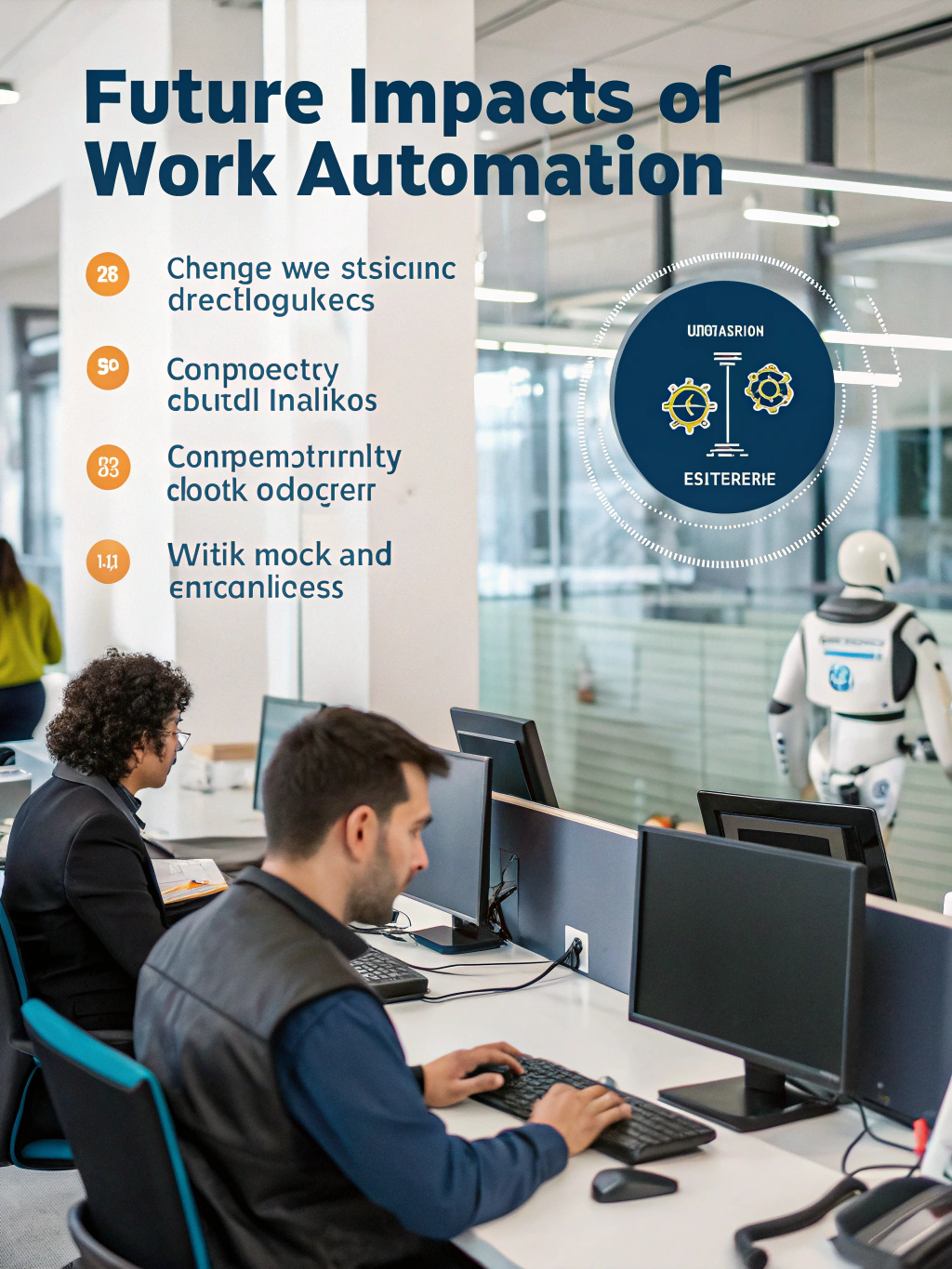
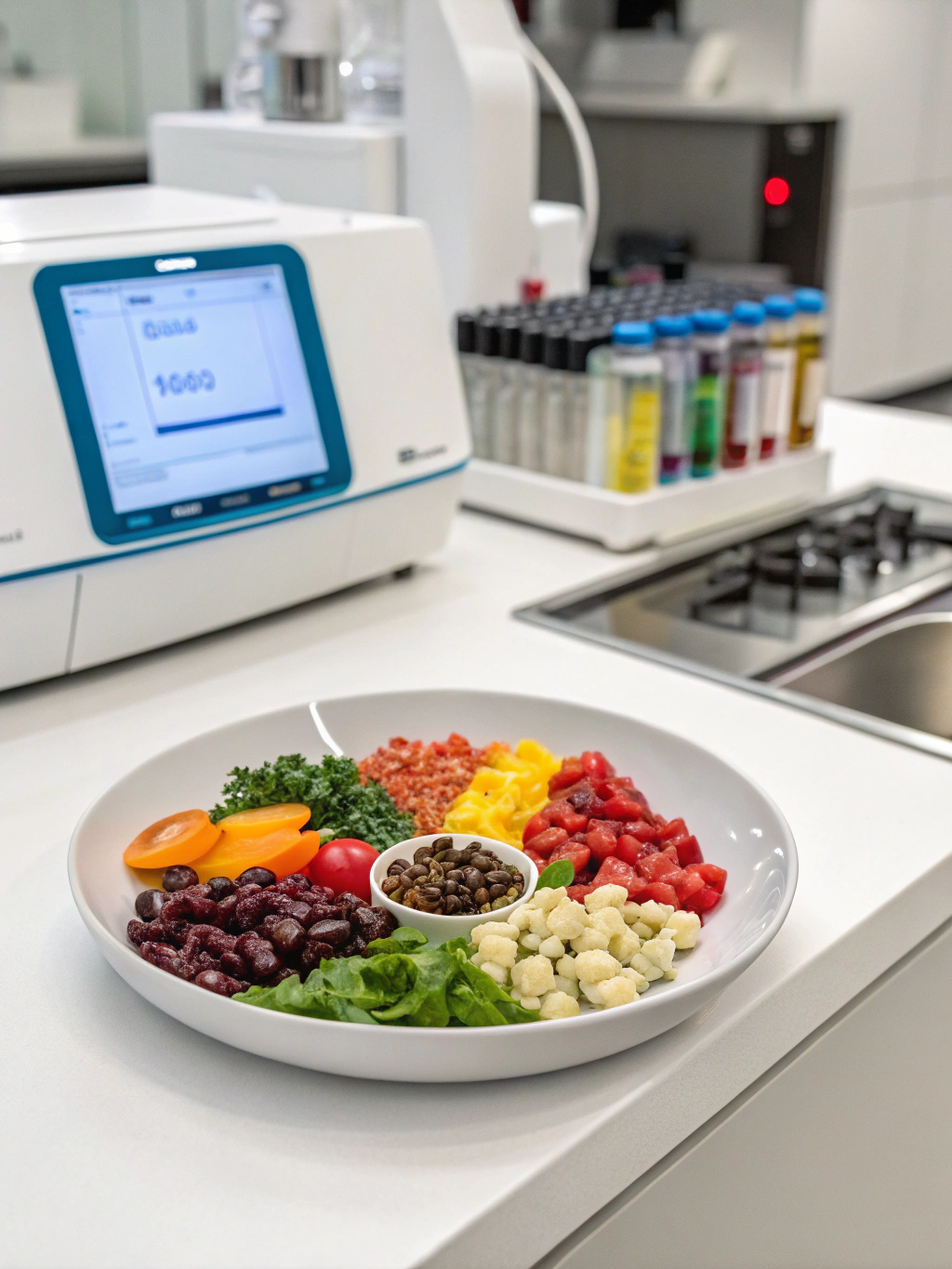
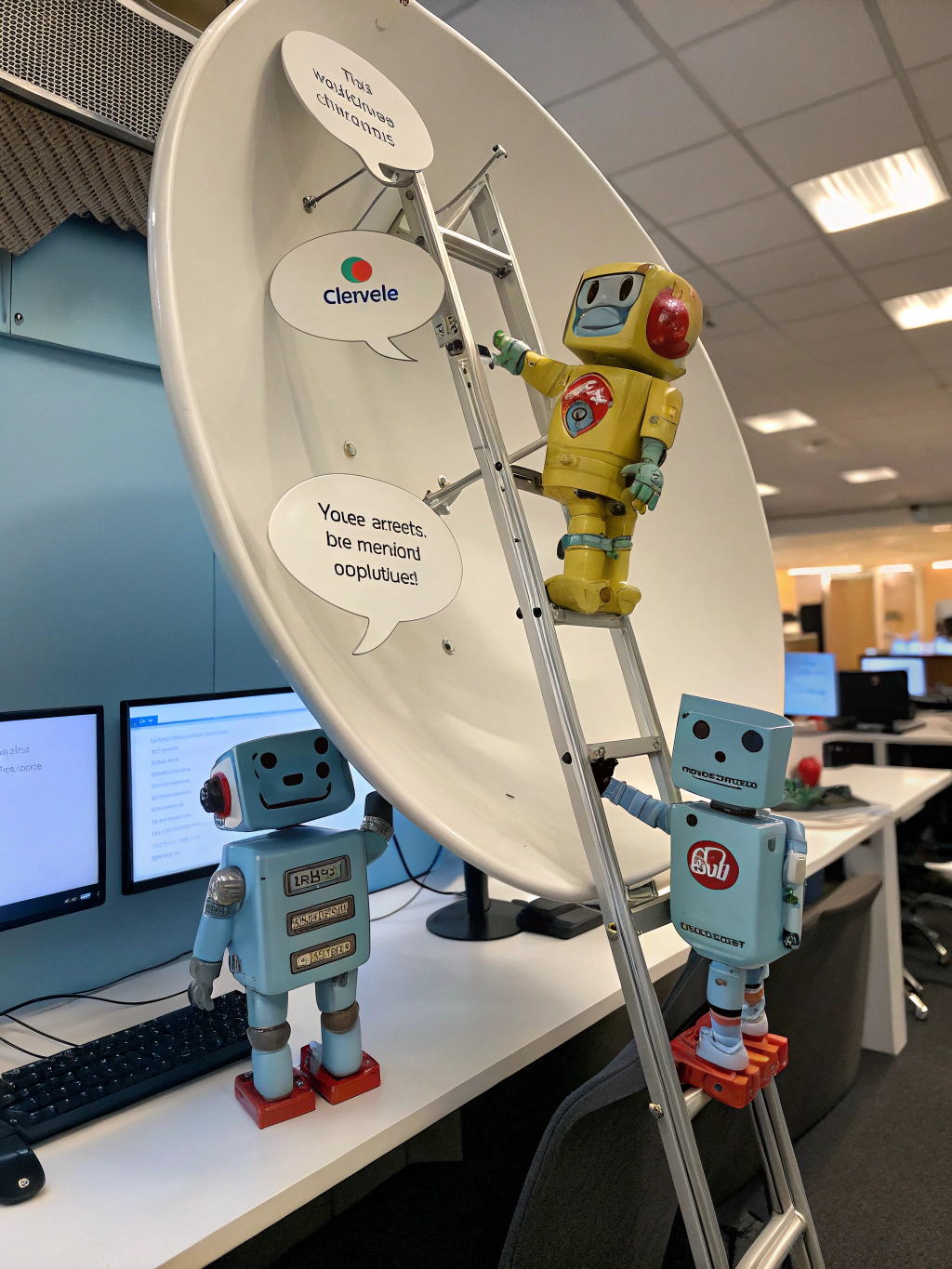
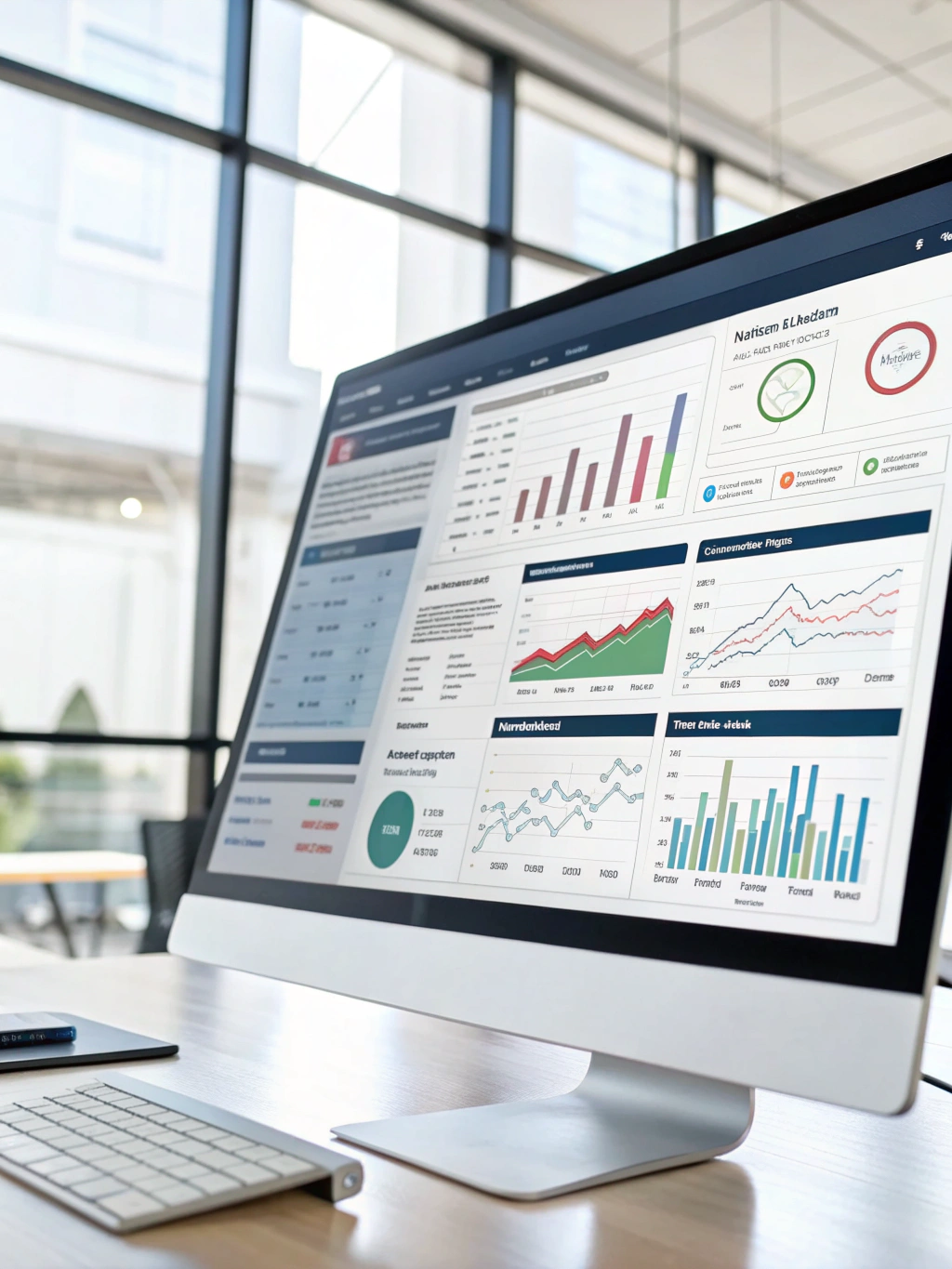

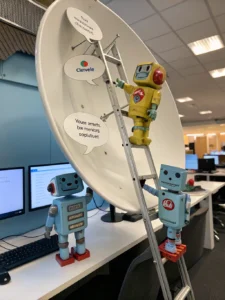
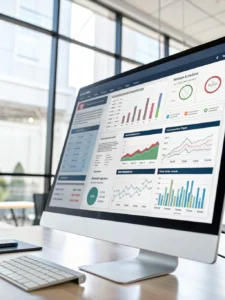



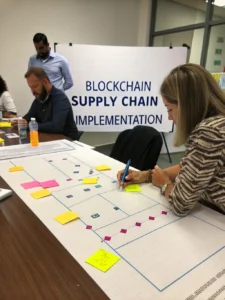
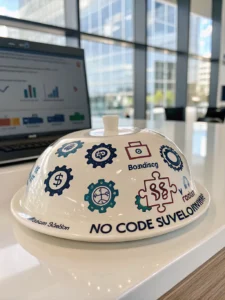
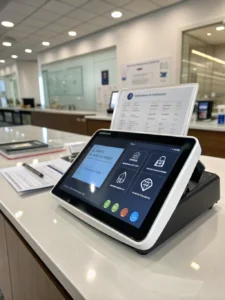
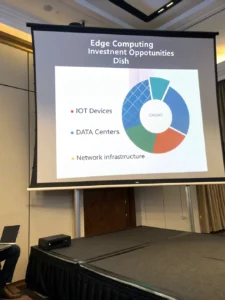
Post Comment